Introduction
A bump on the roof of the mouth can be alarming, especially if it feels painful, swollen, or simply unfamiliar. The palate, or the “roof” of your mouth, has two parts: the hard palate in the front (bony) and the soft palate in the back (fleshy). A lump can appear on either part for many different reasons—some minor and temporary, others more serious.
Common causes include burns from hot food, small cysts, infections, or natural bony growths that develop over time. Usually, these bumps are harmless and heal on their own within a week or two. However, persistent or painful lumps should be examined by a dentist or doctor to rule out underlying problems.
In this article, you’ll learn the most common causes, at-home remedies, red flags, and professional treatment options so you can better understand what your bump might be and when to seek help.
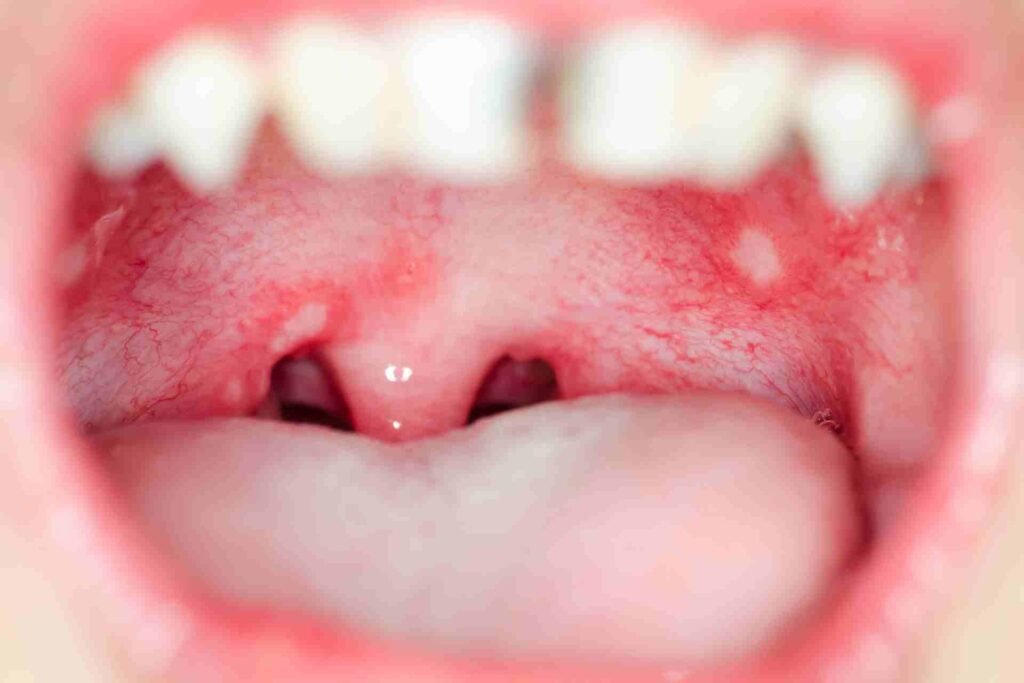
Understanding the Roof of Your Mouth
The roof of your mouth consists of two main sections:
- Hard palate: The firm, front part made of bone, covered with a thin mucous membrane.
- Soft palate: The soft, flexible back part made of muscle and connective tissue.
Because these areas are exposed to heat, friction, bacteria, and trauma from food, dental work, or dentures, they can easily develop bumps, blisters, or swelling. Understanding the structure helps in identifying whether a lump is superficial or deeper.
Read More: What causes a bump on the roof of the mouth?
Common Causes of a Bump on the Roof of the Mouth
a. Burns or Trauma
Hot pizza, coffee, or soup can burn the roof of your mouth, creating a blister or tender bump. This is called a thermal burn, and it’s one of the most frequent causes of temporary bumps.
Symptoms include redness, tenderness, peeling skin, or a small blister that ruptures within days. Minor injuries heal on their own with saltwater rinses and a soft diet.
b. Canker Sores (Aphthous Ulcers)
Canker sores are small, round, painful ulcers with a white or yellow center and a red border. They appear on soft tissues, including the soft palate.
Possible triggers include stress, vitamin deficiencies (especially B12 or iron), spicy foods, or mouth trauma.
They usually heal within 7–14 days without scarring. Over-the-counter gels or rinses can relieve pain.
c. Cold Sores (Herpes Simplex Virus)
Although cold sores most often appear on the lips, they can occasionally affect the inside of the mouth.
These lesions start as a tingling sensation before small blisters appear. They may cause soreness and sometimes fever or swollen lymph nodes.
They are contagious and usually heal in 7–10 days. If frequent or severe, antiviral medications can help.
d. Mucocele (Salivary Gland Cyst)
A mucocele is a painless, dome-shaped, fluid-filled bump caused by a blocked or damaged salivary gland.
These cysts are most common on the inner lips but can also occur on the palate. They may fluctuate in size and feel soft to the touch.
Small mucoceles often disappear without treatment, but large or recurrent ones may require minor surgery.
e. Torus Palatinus (Bony Growth)
A torus palatinus is a harmless, hard, bony lump located along the midline of the hard palate.
It’s not a disease but an anatomical variation—many people have it without realizing it.
It typically grows slowly and remains stable. Unless it interferes with speech, denture fit, or becomes ulcerated, no treatment is needed.
f. Oral Infections
Infections can create bumps, swelling, or white patches on the palate.
- Oral thrush (yeast infection): White, creamy patches that can be wiped off, sometimes leaving red areas. Common in infants, denture users, or those taking antibiotics or steroids.
- Viral infections: Viruses like Coxsackie (hand, foot, and mouth disease) can cause painful sores on the palate.
- Bacterial infections: Abscesses or inflamed salivary glands can also create localized swelling.
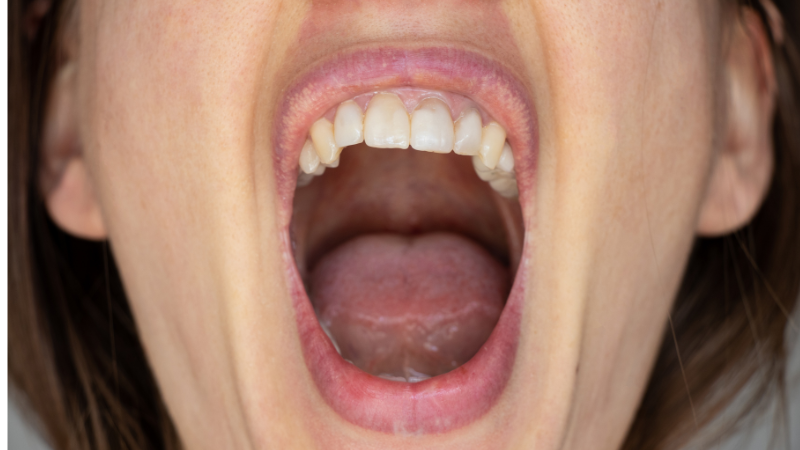
g. Allergic Reactions or Irritation
Mouth irritation from certain foods, toothpaste, or dental materials can lead to temporary inflammation or small bumps. These typically disappear once the irritant is removed.
h. Oral Cancer (Rare but Serious)
In rare cases, a persistent bump or ulcer may be an early sign of oral cancer.
Signs to watch for include:
- A firm, non-painful lump that doesn’t heal after 2–3 weeks
- Bleeding or white/red patches
- Difficulty swallowing or speaking
- Unexplained weight loss
Early detection greatly improves treatment outcomes, so any lasting lesion should be evaluated by a dentist or doctor.
Symptoms to Watch For
While many bumps are harmless, some may signal infection or a more serious problem. Pay attention to:
- Pain or burning sensation
- Redness, white patches, or ulceration
- Swelling that grows or spreads
- Difficulty eating, swallowing, or speaking
- Persistent bad taste or odor
- Bumps that last longer than two weeks
If you notice these symptoms, schedule an appointment for a professional evaluation.
Self-Care and Home Remedies
If your bump seems minor or caused by trauma, you can manage it safely at home.
Do:
- Rinse with warm salt water several times a day (½ teaspoon of salt in a cup of warm water).
- Eat cool, soft foods like yogurt, smoothies, or mashed potatoes.
- Maintain good oral hygiene but brush gently around the sore area.
- Stay hydrated and avoid smoking or alcohol.
Don’t:
- Try to pop or squeeze the bump.
- Apply household antiseptics or alcohol-based solutions.
- Eat spicy, acidic, or crunchy foods that could worsen irritation.
For pain relief, over-the-counter gels (like benzocaine) can temporarily numb the area.
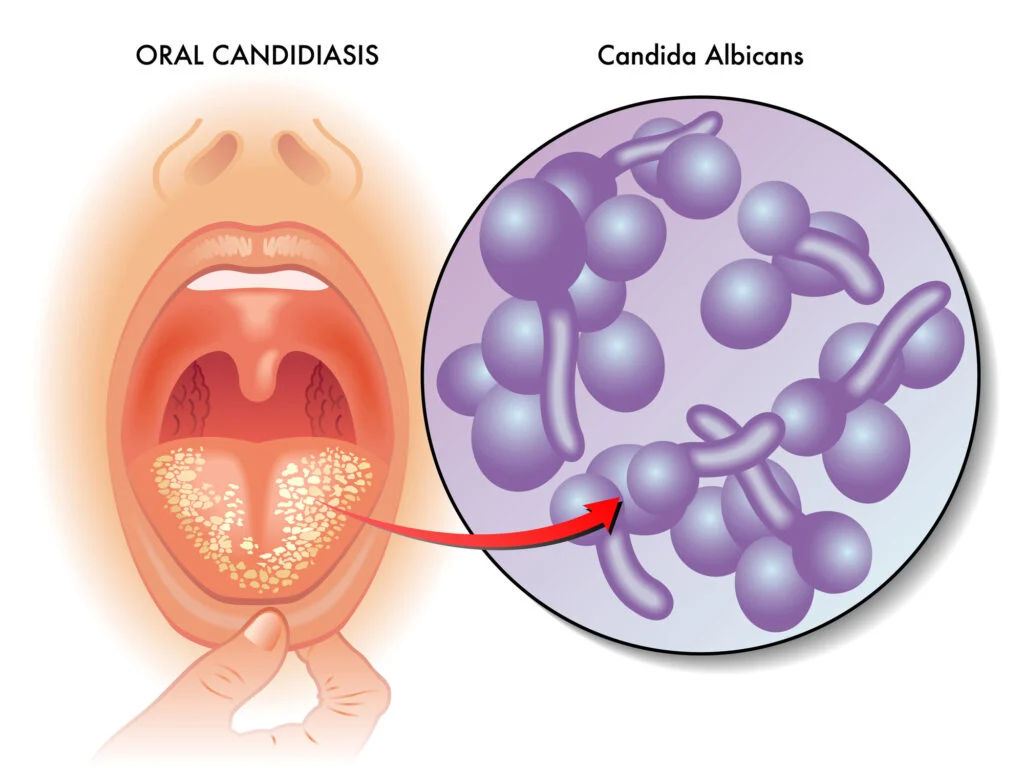
Professional Diagnosis and Treatment
If the bump persists, a healthcare provider may perform:
- Visual examination: to check shape, color, and texture.
- Palpation: feeling the lump for firmness or mobility.
- Swab or culture: to identify bacterial or fungal infections.
- Biopsy: if cancer or precancerous changes are suspected.
- Imaging (X-ray, CT, or MRI): if a deep or bony lesion needs assessment.
Treatment options include:
- For infections: antifungal, antiviral, or antibiotic medications.
- For cysts (mucoceles): minor surgical removal if large or recurring.
- For bony growths (torus palatinus): surgical reduction only if causing discomfort.
- For ulcers: topical corticosteroids or soothing mouth rinses.
- For oral cancer: surgical removal, radiation, or chemotherapy based on stage and type.
When to See a Doctor or Dentist
You should schedule a professional exam if:
- The bump lasts longer than 2–3 weeks
- It keeps getting larger or changes shape
- It bleeds easily or feels hard
- You experience persistent pain, difficulty swallowing, or numbness
- You have risk factors like tobacco, alcohol, or HPV exposure
Even if the bump turns out to be benign, getting checked ensures peace of mind and prevents potential complications.
How to Prevent Future Bumps
Prevention largely depends on protecting your mouth from injury and infection:
- Avoid excessively hot foods or drinks.
- Chew carefully to prevent accidental bites.
- Brush and floss daily using a soft toothbrush.
- Clean dentures or retainers thoroughly each day.
- Limit sugary foods and tobacco, which promote infection.
- Schedule regular dental checkups every six months.
- Manage stress and maintain a balanced diet rich in vitamins B12, C, and iron.
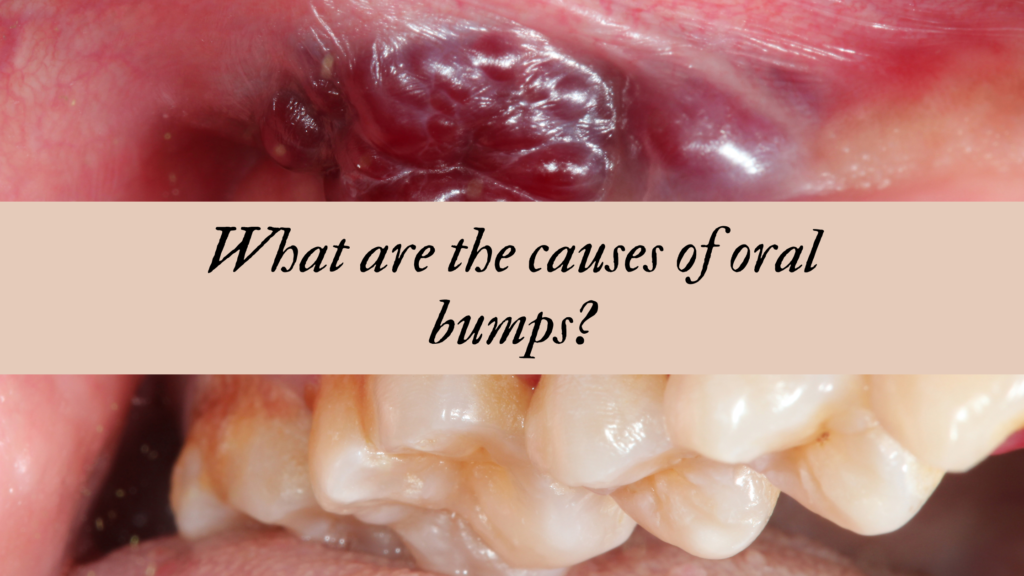
Timeline of Healing
Different causes resolve at different speeds:
- Burn or trauma: 3–7 days
- Canker sore: 7–14 days
- Mucocele: several weeks (may recur)
- Cold sore: 7–10 days
- Thrush: 1–2 weeks with treatment
- Torus palatinus: permanent unless removed
If healing takes longer than expected, or the bump changes, always consult a professional.
FAQs
1. What causes a bump on the roof of the mouth?
It can be due to burns, canker sores, mucoceles, infections, irritation, or natural bone growths like torus palatinus. Occasionally, persistent lumps may indicate oral cancer.
2. How long does a bump on the roof of the mouth last?
Most minor bumps heal within 1–2 weeks. Burns and sores resolve faster, while mucoceles may last longer. If a lump persists beyond 2–3 weeks, get it checked by a healthcare provider.
3. Can a bump on the roof of the mouth be cancer?
While rare, oral cancer can appear as a persistent lump or ulcer that doesn’t heal. Early signs include firmness, bleeding, or color changes. Persistent lesions should always be evaluated.
4. How do I treat a mucocele at home?
Small mucoceles often heal naturally. Avoid biting or poking them, rinse with salt water, and maintain good oral hygiene. Large or recurring mucoceles need to be removed by a dentist or oral surgeon.
5. Should I see a dentist or doctor for a bump on my palate?
If it’s related to teeth, gums, dentures, or minor irritation, start with a dentist. For infection, swelling, or systemic symptoms like fever, a doctor or ENT specialist may be best.
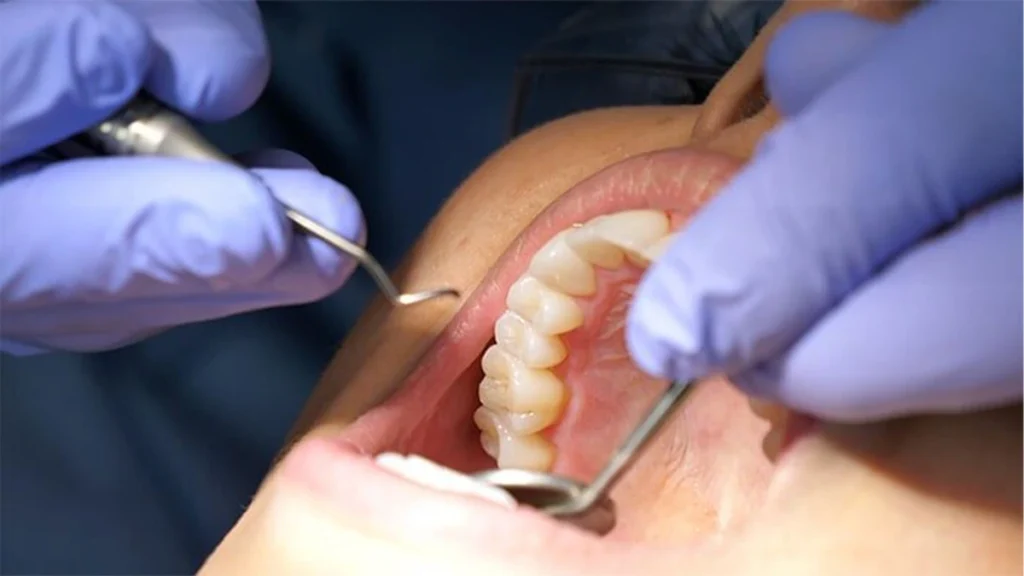
Key Takeaways
- Most bumps on the roof of the mouth are harmless and temporary.
- Common causes include burns, sores, mucoceles, or bony growths.
- Persistent, growing, or painful lumps need professional evaluation.
- Good oral hygiene and regular dental visits help prevent recurrence.
- Never attempt to pop or treat unknown bumps at home.
Read More: Calories in Two Boiled Eggs: Complete Nutrition Breakdown
Conclusion
A bump on the roof of the mouth can result from simple causes like irritation, burns, or cysts—but it can also signal infection or, in rare cases, oral cancer. Knowing how to identify symptoms and care for your mouth can help you decide whether to wait or seek medical attention.
If the bump lasts longer than two weeks, changes shape, or causes persistent pain, it’s best to consult a dentist or doctor for an accurate diagnosis.
They may perform a quick exam, run tests, or recommend minor treatment to remove discomfort and rule out serious conditions.
Most cases resolve with basic care and good oral hygiene, but paying attention to your body and acting early ensures both safety and peace of mind. Keeping your mouth healthy protects your overall wellbeing — so never ignore what it’s trying to tell you.